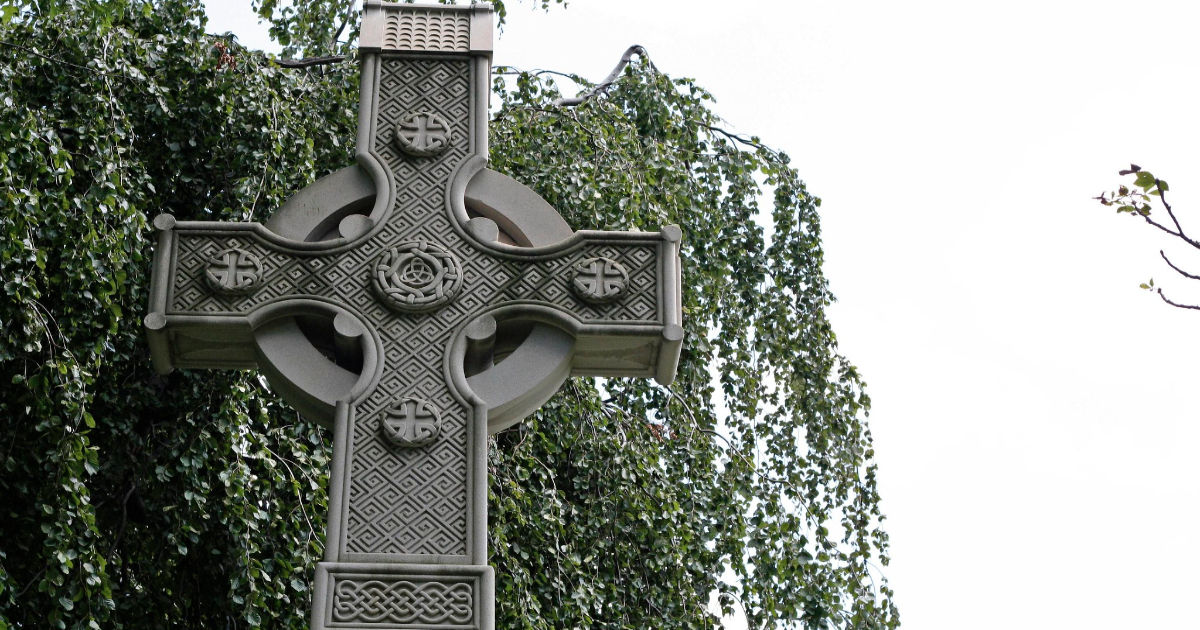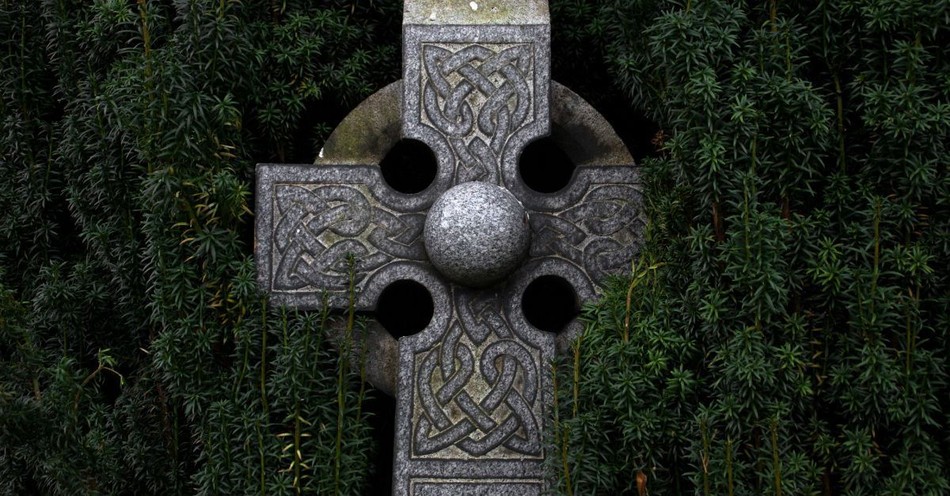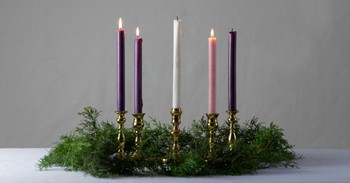The Celtic Cross is a unique and captivating symbol that blends the Christian cross with Celtic art elements, creating a visually striking and spiritually profound emblem. Its origins, meaning, and uses throughout history have intertwined with Christianity, Celtic traditions, and artistic expression, making it a symbol of enduring significance.
Sometimes, the Celtic Cross is put on a tall base to make it look more like a traditional Christian Cross. In medieval times, it was used as a public monument, and if marking a holy site, they had longer stems and were called Irish high crosses.
Deciphering what the Celtic Cross means is not as simple as describing its looks. What’s the meaning of the Celtic Cross? There are varying stories to consider. Let’s look at the origin and possible meanings of the Celtic Cross.
Origin of the Celtic Cross
The Celtic Cross emerged during the Early Middle Ages, between the 5th and 8th centuries, in Ireland and surrounding regions. It is believed to have evolved from earlier forms of crosses, including the ringed cross, which featured a central circle surrounding the intersection of the cross's arms.
The Celtic Cross's distinctive ring, often decorated with intricate interlacing patterns, is believed to represent various concepts, including the sun, eternity, or the halo of Christ.
Possible countries of origin are Ireland, Wales, Gaelic Ireland, England, Britain, and Scotland. But who created it and exactly where it was created are subjects of dispute that cannot be substantiated.

Celtic Cross True Origin Theories
St. Patrick. Some say that St. Patrick (or St. Declan) introduced the Celtic Cross in an attempt to convert pagan kings to Christianity.
- One theory is he took the circular pattern of the pagan sun god and combined it with the cross of Jesus Christ to represent God’s light and life.
- Another is he took the moon goddess symbol (a circle) and marked it with a cross, creating the first Celtic Cross.
Other Christians or Missionaries. Other possible origins are also combinations done by Christians or missionaries.
- One is they put the cross on top of the circle (representing the sun god and moon goddess) to illustrate Christ as the supreme God.
- Another is they carved crosses from large standing stones that were originally Druid phallic symbols to disguise their original form.
Some people might reject the Celtic Cross due to its possible connection to paganism. Others might see it as a tool to connect people and bring the message of the Gospel. Either way, the meaning comes out of the heart of the person instead of being rooted in verifiable facts.
Practical. The crosses carved out of stone were vulnerable to breaking due to their shape. The theory is the artisans who crafted the crosses added the circle to strengthen them.
This is a practical and plausible idea but can not be proven, just like all the other theories.
Meaning of the Celtic Cross
The Celtic Cross is a rich symbol with a complex symbolism that reflects both Christian and Celtic traditions. The cross itself symbolizes the crucifixion of Jesus Christ, representing his sacrifice and redemption for humanity. The ring surrounding the cross is often interpreted as representing the sun, eternity, or the halo of Christ, signifying God's omnipresence and the eternal nature of the Christian faith.
Eternal Love of God and Hope of Salvation. Presbyterian and Catholic priests both find the Celtic Cross spiritually meaningful. The circle is symbolic of eternity to them. This emphasizes the eternal, everlasting love of God demonstrated through Jesus' sacrifice for our sins on the cross. Another meaning of the circle is the eternal hope of salvation found in the crucifixion and resurrection of Jesus Christ.
National Pride. Old Celtic Crosses can still be found in hundreds of cemeteries throughout Ireland, Scotland, Wales, and England and has become a symbol of national pride.
Historic Significance of the Celtic Cross
The Celtic Cross has held significant meaning and has been used in various contexts throughout history. It became a prominent symbol in Ireland, where it was prominently featured on High Crosses and towering stone monuments erected in monasteries and other sacred sites. These crosses were visual reminders of the Christian faith and provided educational messages through their intricate carvings and inscriptions.
The Celtic Cross also gained popularity during the Celtic Revival of the 19th century, a cultural movement that sought to revive and celebrate Celtic traditions. The cross became a symbol of Irish identity and national pride, appearing on flags, jewelry, and other decorative items.
Importance Today
Today, the Celtic Cross continues to be a popular and revered symbol, representing both Christian faith and Celtic heritage. It is often used as a decorative element in churches, homes, and public spaces, and it remains a beloved icon in Irish culture and identity.
The Celtic Cross is a testament to the enduring power of symbols to connect individuals to their spiritual beliefs, cultural roots, and shared heritage. Its unique blend of Christian and Celtic elements creates a symbol that is both profound and visually striking, embodying the enduring relevance of both faith and tradition.
Danielle Bernock is an international, award-winning author. Her works include: Emerging With Wings: A True Story of Lies, Pain, And The LOVE that Heals, A Bird Named Payn, and Love’s Manifesto. Her new book Because You Matter: How to Take Ownership of Your Life so You Can Really Live will be released fall 2019. For more information or to connect with Danielle https://www.daniellebernock.com/
Photo Credit: Unsplash/Adrian Moran; Flickr/ Via Tsuji




.jpg)